I’m back from my first Historical Novel Society Conference where I enjoyed chatting in hallways or at tables about Viking footwear, Napoleon, Josephine, the hero’s journey as seen from a woman’s point of view, the Irish in mid nineteenth century Boston, conniving mistresses to kings, and the pros and cons of big and small presses. Every introduction was like opening an enticing book. I met more Latin teachers and Mesopotamian scholars this weekend than I have in the rest of my life. And all this between a full program with talks, an intro to sword fighting, a look behind the making of book covers, and dancing as Jane Austen might have done.
At lunch on Saturday, Karen Cushman spoke about inspiration and procrastination. She told us about how she wrote her first novel after twenty-five years of telling her husband ideas for books she never went on to write. Finally, he cut her off and said he’d be happy to read her novel when it was done. She was frustrated, but wrote Catherine, Called Birdy, a Newbery Honor book, which she called a lovechild of Rosemary Sutcliffe and Adrian Mole.
Later she met with a small group of us where a professor who taught medieval literature said that many of her students come from having fallen in love with that novel. Other readers, Karen told us, write to her about how they identify with that girl from hundreds of years ago because they also feel trapped. She spoke more about topics including her research methods. She told us that she begins with a story, usually with a gutsy girl at the center, then moves into research. She gathers details then returns to the story until questions push her back to the library. Some of what she finds there may lead to a new scene, which may shift the structure and raise new questions demanding research. The process zigzags between imagining and seeking answers in books.
There were many great panels including one on trends in women’s historical fiction (awards tend to go to books about men written by men, 20th century history and leaner books, but write what you love). One of my favorite panels was on Art and Artists in Historical Fiction. No surprise for you who know me. The panelists discussed topics including use of artist’s spaces, thinking through the eyes and heart of an artist, and how much artistic process to put on the page. We heard from Donna Russo Morin, author of The King’s Agent, (starting from the right in the picture), Mary Burns (Portraits of an Artist: A Novel about John Singer Sargent), Stephanie Renée dos Santos, (Cut from the Earth, featuring a Portuguese tile maker), Alana White (Sign of the Weeping Virgin, a mystery set in 15th century Florence), and Stephanie Cowell (Claude and Camille: a Novel of Monet). Stephanie spoke of a painting that inspired a crucial scene about the couple, then read an excerpt in which Claude Monet “told the canvas what he could not tell her.”
I left inspired, with lots of notes and my suitcase a bit heavier with new books to read.
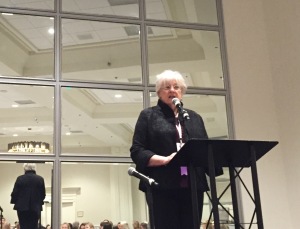
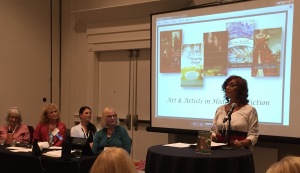



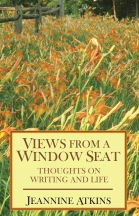

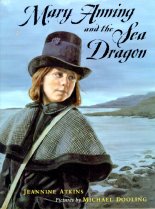
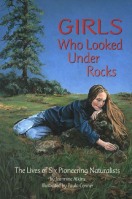

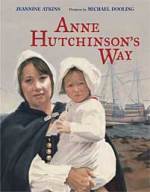
You must have felt you’d come home.
By: Sarah Lamstein on June 30, 2015
at 12:50 pm
So lovely to say and to hear people mention the subjects of their works and be astonished in a good way. Of course today I went to the Botanical Gardens in Maine and also felt I was walking with my tribe — all the women in wide brimmed straw hats. (Also happy to see your salamander book — The Big Night? — displayed in the children’s story telling room.)
By: jeannineatkins on July 1, 2015
at 2:07 am
This sounds wonderful, Jeannine – I loved hearing about Cushman’s process. This part set me thinking: Stephanie spoke of a painting that inspired a crucial scene about the couple, then read an excerpt in which Claude Monet “told the canvas what he could not tell her.” Now there’s a story!
By: Tara Smith on June 30, 2015
at 4:34 pm
Karen Cushman was most generous and impressive and encouraging. I love ekphrastic poems (do I have the right word, poems inspired my paintings?) but so cool to see a painting work its way through a novel.
By: jeannineatkins on July 1, 2015
at 2:10 am
This sounds like so much fun!
By: beckylevine on June 30, 2015
at 8:38 pm
You would have loved it! And I would have loved seeing you there!
By: jeannineatkins on July 1, 2015
at 2:10 am
Cushman’s process is very interesting to me as well. I so wish I could have been there with you. You’ve described your experience beautifully (as always>)
By: Pat Lowery Collins on July 14, 2015
at 8:59 pm